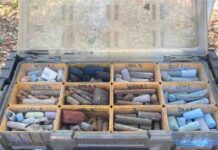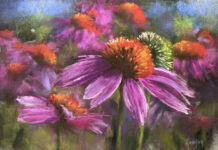“There are times when any pastel painter whether professional, keen amateur or beginner, will hit a rough patch where despite your best efforts nothing seems to go right,” says Richard Suckling. “Sometimes it can be one painting that tests us to the breaking point or it can be over a period of time like the artist’s equivalent to writer’s block. Paint for long enough and trust me, there will be times that you will experience this feeling of frustration.
“Many artists take a break from pastels, working in another medium for a change or they literally take a break from painting. I work exclusively in pastel so other than sketching with pen, swapping mediums is not an option for me. Taking a break is obviously always an option but I prefer to find a way to work through the problem otherwise I end up just feeling guilty for not having anything on the easel.
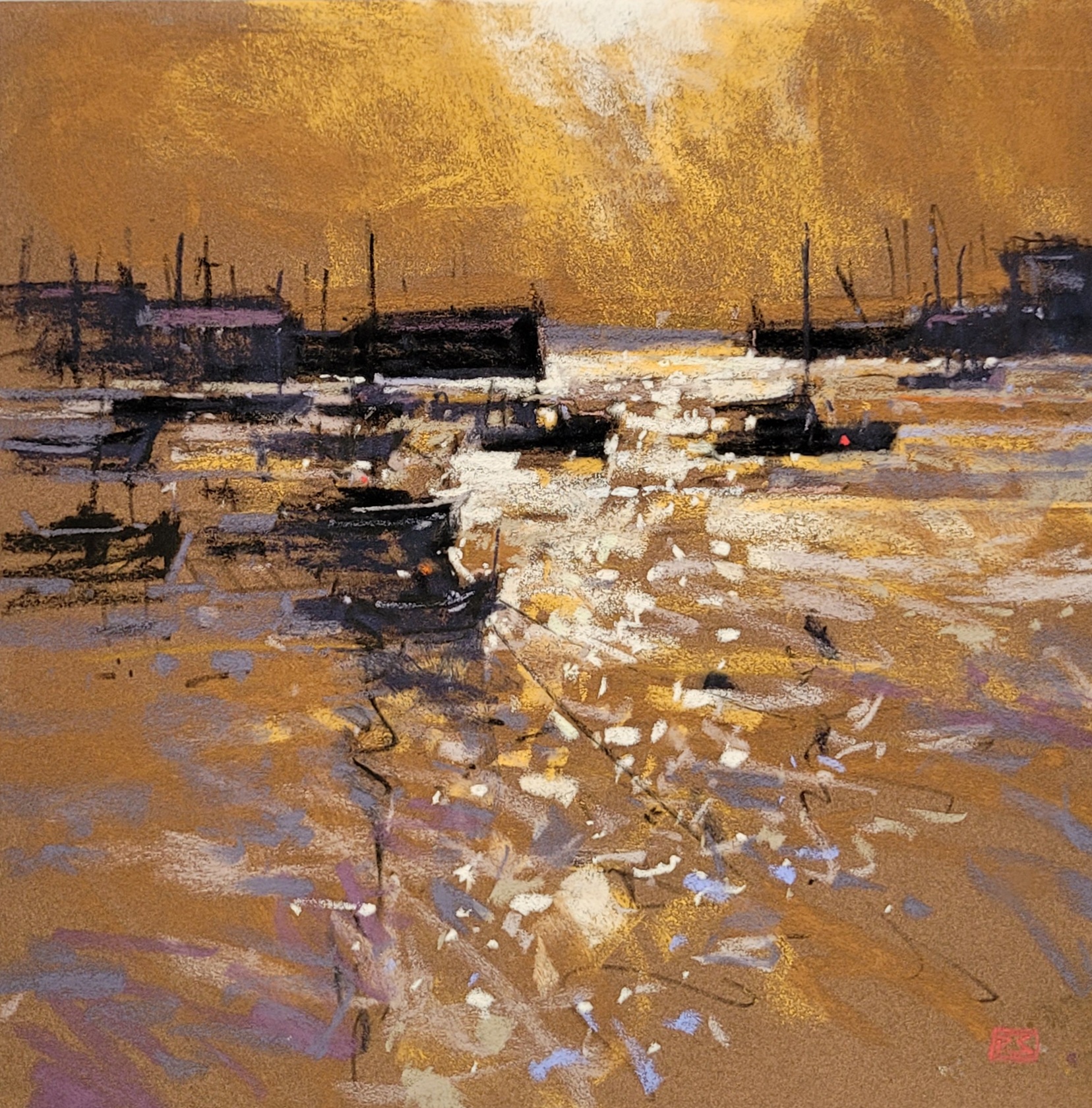
“What do I do to get my pastel mojo back? Here are just a few ideas.
- If I’ve been working long hours in the studio on larger pieces, I will change scale and work smaller for a bit and, if the weather allows, work outside from life. Working en plein air in pastel is a great way to refocus the mind and as you inevitably have to work faster and smaller, it doesn’t give you the time to over analyse and pause over every stroke of pastel you make. Also, all that fresh air and being right in the middle of your subject up close and personal is healthy and invigorating. Working in the field whether on the cliff tops of the Cornish coast or simply in your own garden will, I promise, reignite that creative spirit. And working en plein air can, I warn you, become a little addictive.
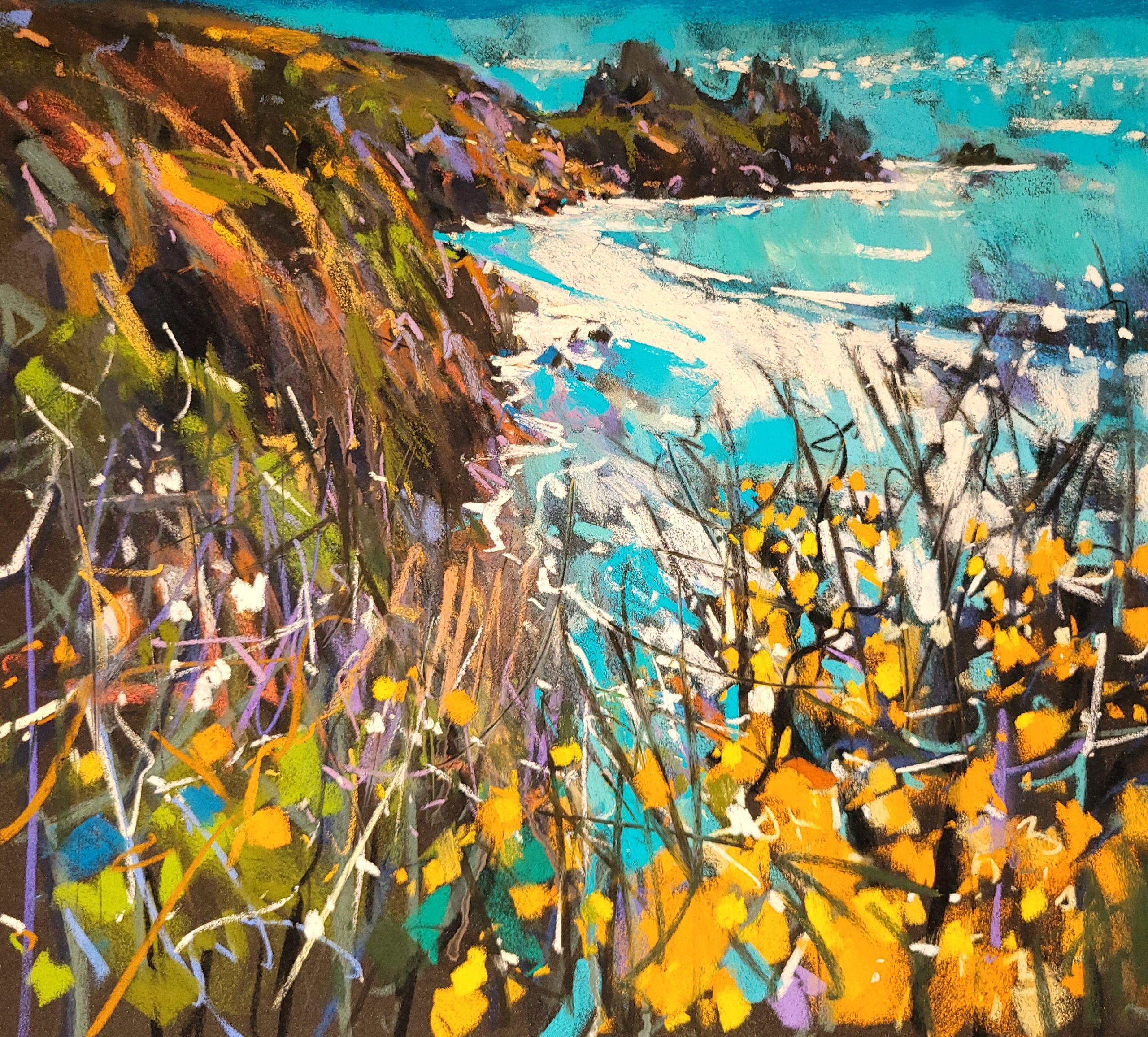
2. Pastel paper is expensive and wasting sheets when paintings aren’t going to plan only makes matters worse. I primarily use Sennelier La Carte Pastel Card and at eight to twelve pounds a sheet, if it goes wrong, that’s an expensive mistake especially as it cannot be washed off under running water like some papers. However, if you take a stiff bristle brush to the offending image and remove as much of the pastel as possible, you are left with a mere ghost image which can be painted over. The great thing is that this piece of paper is now used, secondhand, effectively already ruined, so the pressure of producing a masterpiece on a brand-new pristine sheet is gone. Invariably I find this then results in a less stressful experience and often a great pastel.
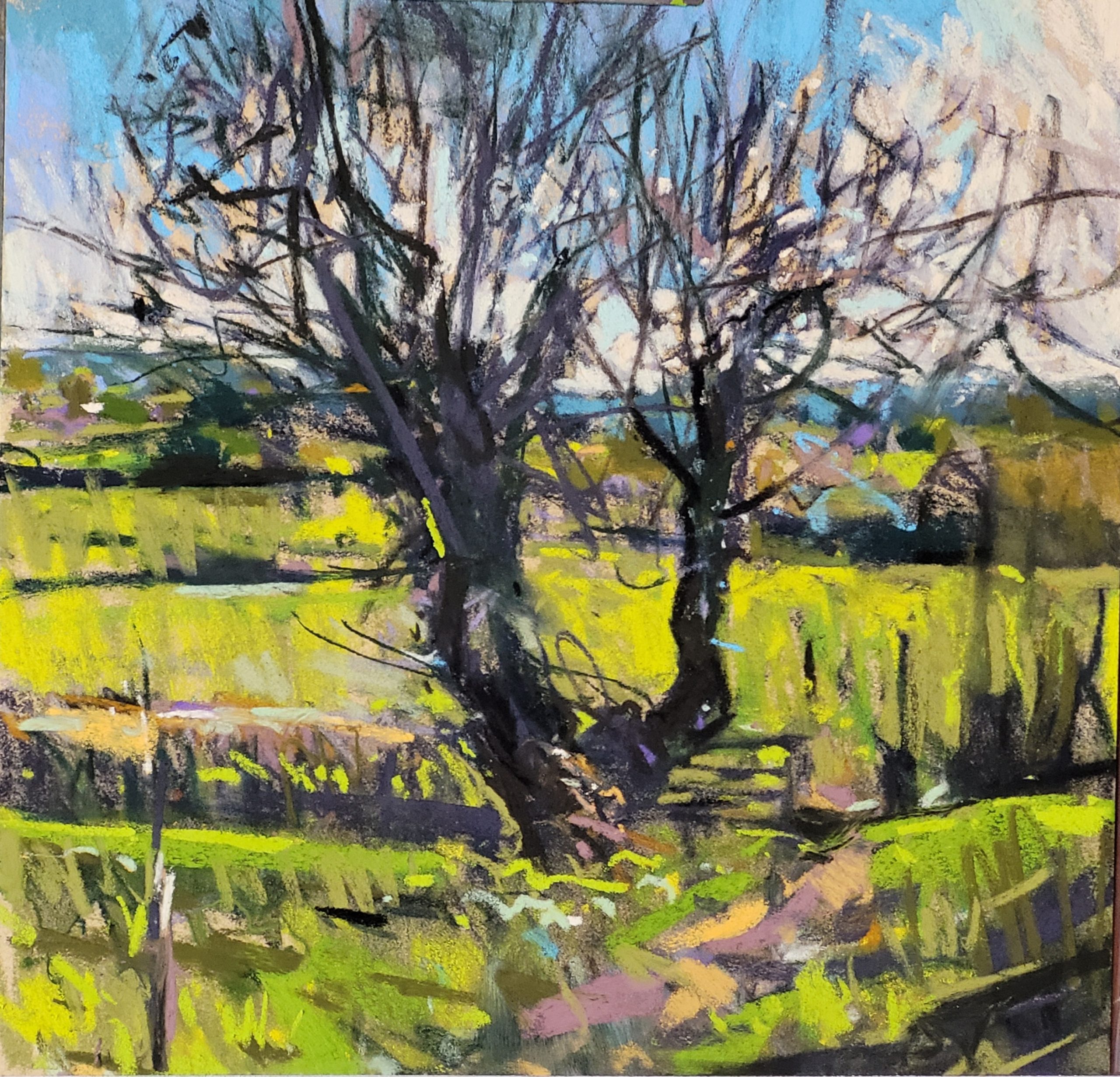
3. Painting something different from your normal subject matter is also helpful. It’s distracting in the same way that a change of medium is, in that you use a different approach and techniques depending on the type of motif. I am primarily a landscape and seascape painter but a few years ago added flower painting to my repertoire during the early lockdowns of covid. In effect, I discovered a new subject matter during what was a difficult and frustrating period for landscape painters especially those who like to paint en plein air as part of their working practice. Flowers are now very much a big part of my output these days and a subject I enjoy tackling.
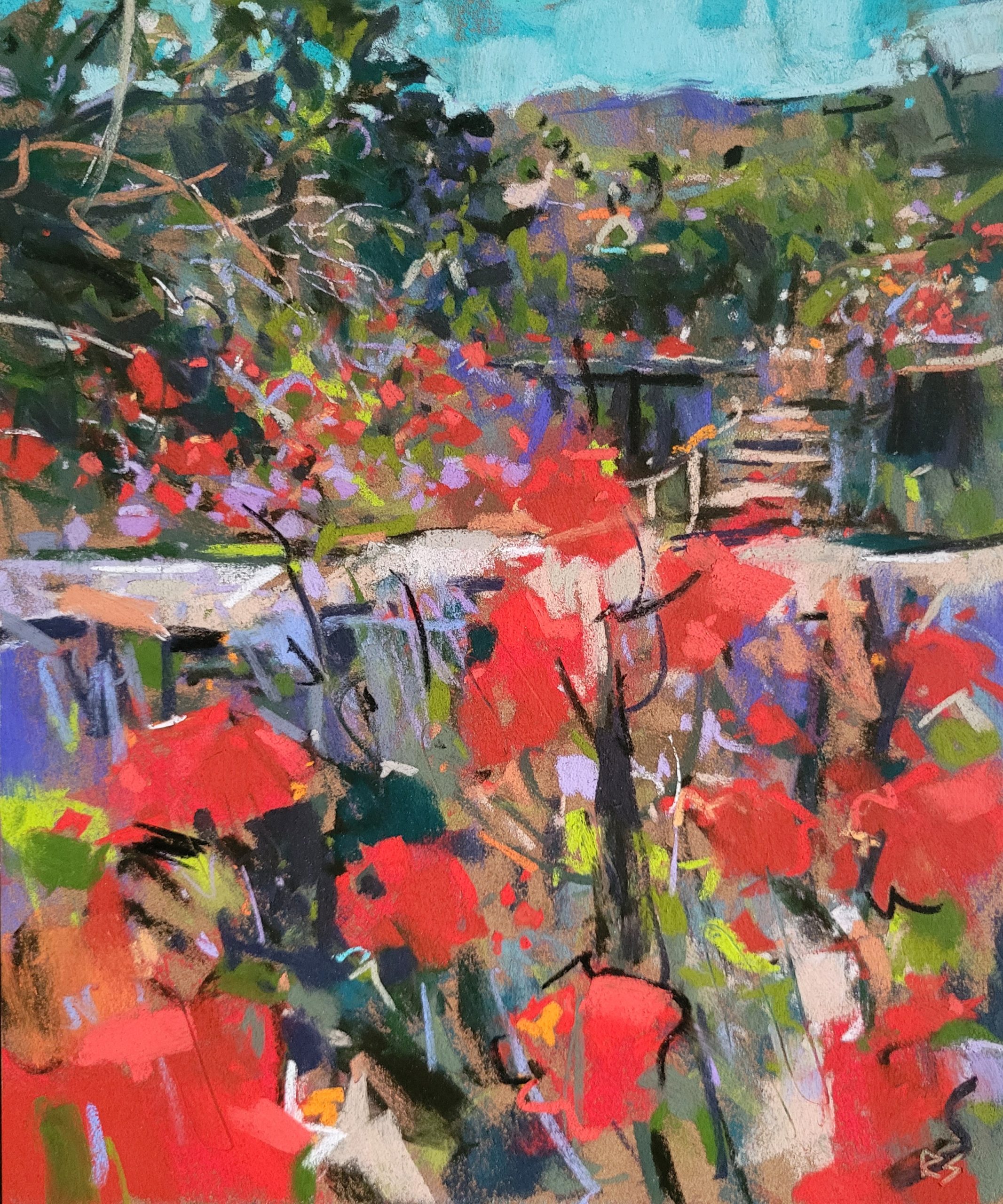
4. One practice I do employ for studio work is to always have a number of pastel paintings on the go at the same time, usually at least four and often up to six. When you are struggling to make just one painting, your sole focus of attention is asking for trouble. With one point of focus, you will inevitably work this to a grinding halt and end up frustrated and disheartened. Having multiple works on the go means when one isn’t going to plan, you can put it to one side to ponder over your next move whilst working on another piece. Taking a break from a problem pastel means you can return with fresh eyes and make more considered decisions on how to fix things rather than blindly applying more and more pastel to no avail.
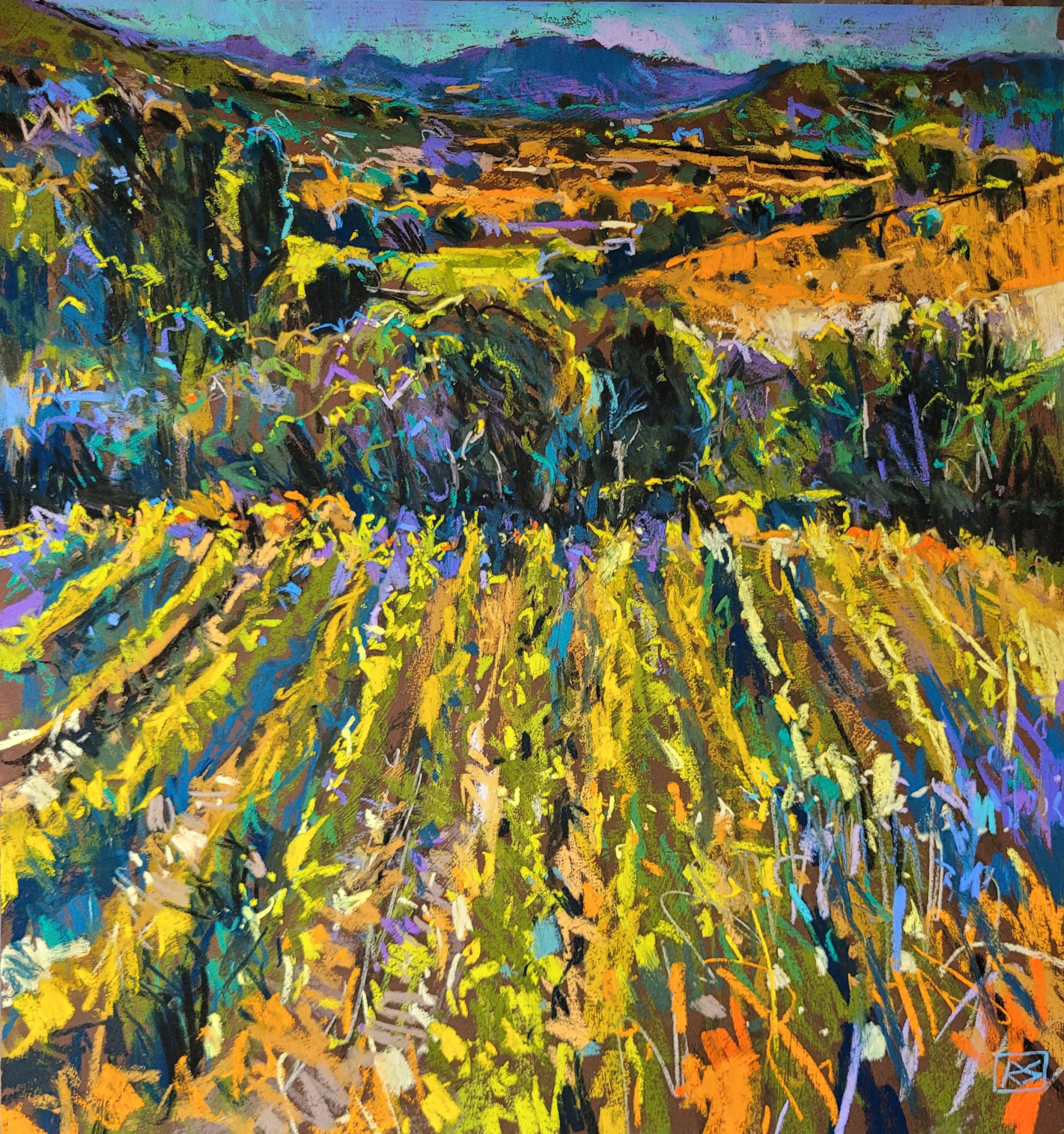
“Hopefully, these ideas will help but, most importantly, don’t beat yourself up when painting seems hard. Remember, it’s supposed to be fun! Finally, if all else fails, visit your local art supplies store and shop for pastels. This is guaranteed to lift your spirits and make you want to get back into the studio and play with those colours!”
Improve your pastel painting skills in just three days with demonstrations by top artists including Sandra Burshell, Casey Klahn, Vianna Szabo, Peter Adams and many more at Pastel Live, August 17-19, 2023, with Essentials Techniques Day on August 16.

